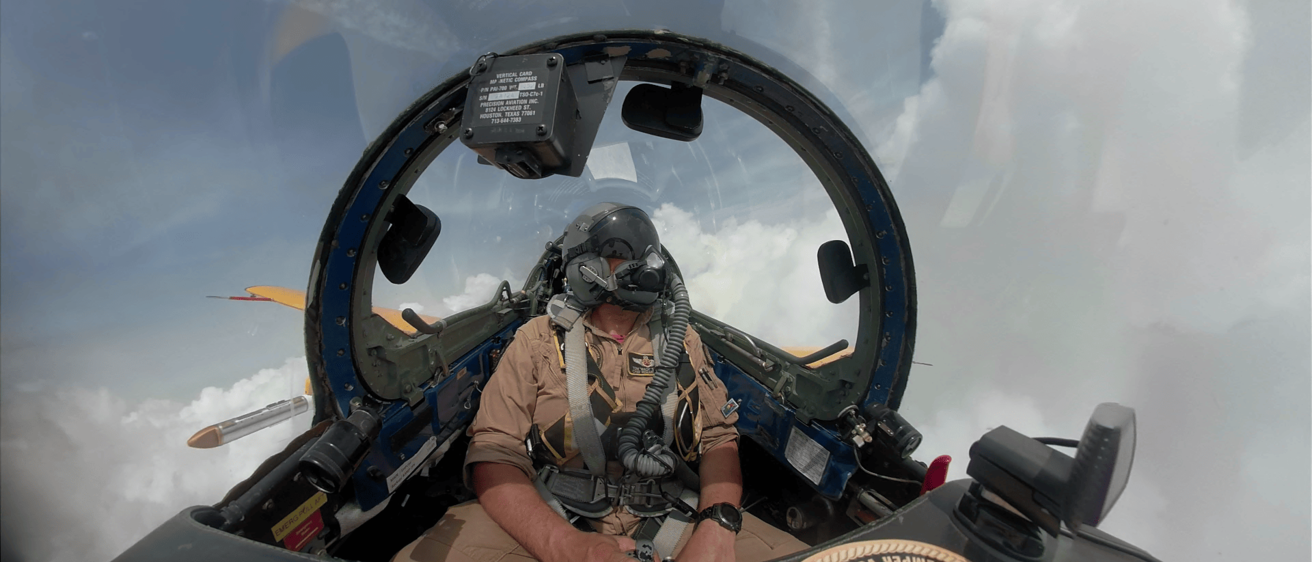Main navigation
Need
- Future air warfare systems will use interwoven teams of humans and autonomy.
- Automation will increase in use of sensors, flight control, decision support, weapons employment, and battle management.
- Autonomous systems must be specifically designed to “get along” with human team members.
- Behaviors of autonomous systems must be predictable and compatible with human expectation.
- Interfaces to human and control systems must be designed and tested in real-world conditions
OPL resources
- OPL uses actual UAS, manned surrogate aircraft, and airborne embedded simulation of Unmanned Systems and Airborne Launched Effects (ALE) to test Human Machine Teaming in Distributed LVC environments.
- Tests are conducted in the real world using a modular, low-cost, open systems architecture (OSA) approach.
- OPL has access to a UAS grass strip.
- Research is bolstered with a strong foundation of graduate-level academics, hands-on systems building, integration on aircraft, and testing with state-of-the-art agile flight test methods.
Research topics
-

Measuring and moderating trust in automation
- Managing handover of control in airborne battle management between engaged and supporting fighters
- Effective communication of intent between agent and human
- Adaptable continuum of automation to adapt to rapid changes in battlespace
- Predictable Artificial Intelligence Nurtures Trust (PAINT)
- In cockpit and C2 HMI
